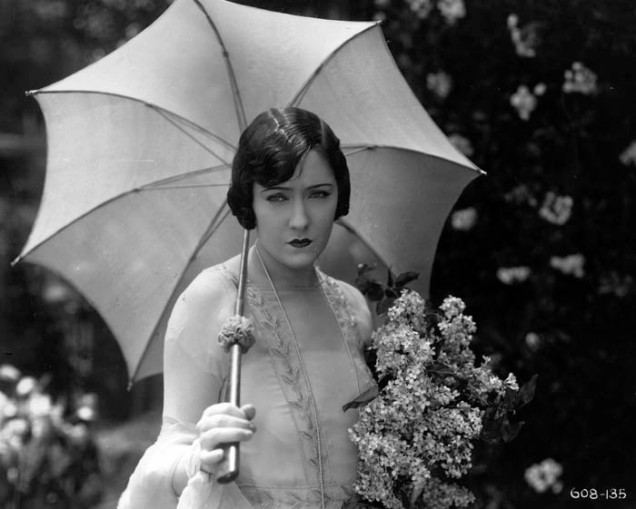When it comes to stream restoration efforts in the New York metro region, Saw Mill River in Yonkers is the local celebrity. But inside an interchange in eastern Queens is a pond that was filled in the 1950s and restored in 2000. It lends its name to one of the largest parks in the city, a vast landscape of forests and wetlands that has its own nature center and adventure course.
![IMG_0028[1]](https://hiddenwatersblog.wordpress.com/wp-content/uploads/2016/03/img_00281.jpg?w=636)
In the second half of the 20th century, the view above was nothing more than a loop inside a cloverleaf interchange, later modified to allow for the reforestation of the surrounding slope and restoration of the pond. In the 21st century, if one ignores the highway noise, it has an appearance of an unspoiled landscape.
The pond is located at the southeastern corner of the interchange of Cross Island Parkway and Long Island Expressway. The pond’s waters flowed down from the slopes of The Alley, a five-mile glacially-sculpted valley in eastern Queens. The headwaters collected into alley creek, which flowed north towards Little Neck Bay, an arm of Long Island Sound.
In the colonial period, the site of Alley Pond was a scenic stop on West Alley Road, where travelers stocked up on goods. Gristmills were built on many local streams, harnessing the flow to grind wheat. The last of such mills was built by James Hedges in the 1760s, damming the creek to form Alley Pond. The structure burned down in 1926. Next to the mill, the Burhman general store operated from 1828 to 1929. At the time of its opening, it was the only store in the area. It was demolished after The Alley was acquired by the Parks Department in 1929.

The New York Public Library photo collection has a few shots of the gristmill and Alley Pond.
In its final years, the Buhrman general store also appeared in a less than attractive condition.
With a number of silent screen stars living in nearby Bayside, the pond was known to them as an ideal film location. In 1923, resident Gloria Swanson starred in ZaZa, with a French village set constructed around the pond.

Two years later the city’s Board of Estimate authorized the purchase in a package that also included Crooke’s Point and Wolfe’s Pond on Staten Island. The cost of the Queens portion was capped at $450,000. The park opened to the public in 1935. Within two years, the old pond was reduced in size as Cross Island Parkway was constructed along its eastern shore.
Below are aerial surveys from 1924, 1951 and 1996.
In the earliest aerial survey, the pond appears far removed from the city, ringed by West Alley Road and Douglaston Parkway. By 1951, the western shore of the pond is partially filled by Cross Island Parkway. In the 1996 survey, nothing is left of the pond, only a clearing indicates where it once was.
Long Island Expressway

On the 1944 Hagstrom map above, eastern Queens is almost entirely covered by the street grid, with the exception of the large parks and golf clubs. All major roads and highways are colored yellow. Alley Pond appears tucked inside a loop formed by West Alley Road, Cross Island (Belt) Parkway, and Horace Harding Boulevard. The latter would be upgraded as the Long Island Expressway in 1954, eliminating the pond in favor of a cloverleaf interchange. The interchange atop the former pond was an inconvenient one, featuring three cloverleaf ramps tightly spiraling upward from the valley floor. The location was dangerous for pedestrians as well as some of the trails crossed the ramps.

A 1955 photo of the highway’s construction from the Municipal Archives shows the pond being filled in. The golf course in the background is Oakland Golf Club. Part of it was developed in 1961 as Queensborough Community College, while the rest became tract housing.
A marshy patch of vegetation marked the site of Alley Pond. In a 1987 Parks survey, the pond site was described as “Wet, fed by culverts at north and south ends. Possibly becoming drier as culverts are blocked. Ailanthus coming on edges of unit.”

The ailanthus, also known as the tree-of-heaven, originally native to China is an urban weed found throughout New York in every imaginable location, including sidewalk cracks. Its palm-like leaves appear alien when growing next to the more familiar maples, asters and oaks of the region.

Across the highway from the pond, there are still plenty of ailanthus trees to clear. They’re easy to spot.

The Return of the Pond
The tight traffic conditions and poor drainage were addressed by the state Department of Transportation in 2000, when it began a $165 million reconstruction of the interchange. The five-year effort returned 12 acres of land to Alley Pond Park and restored the pond in its original location by dredging out 65,000 metric tons of earth and plant matter.

The restored pond absorbs runoff from the surrounding landscape and channels it into Alley Creek. In the photo below, the creek dips into a culvert running beneath the Long Island Expressway.

Along the pedestrian underpass, a sparrow constructed a nest atop a light box.

North of the interchange, Alley Creek widens into a salt marsh that includes Oakland Lake as a tributary. The creek flows past the Alley Pond Environmental Center, and beneath the Northern Boulevard’s Little Neck Bridge and the LIRR Port Washington Branch before entering Little Neck Bay.

In the News: Atlas Obscura illustrates the history of Brooklyn’s Barren Island, a former island now fused to the borough which has a historic former airport.



the pond at the southeast intersection of two hi ways was ” restored” , I wonder how the goings on in the northeast sector would fit in with restoration, it seems to be a recipient of waters from outside.
LikeLiked by 1 person